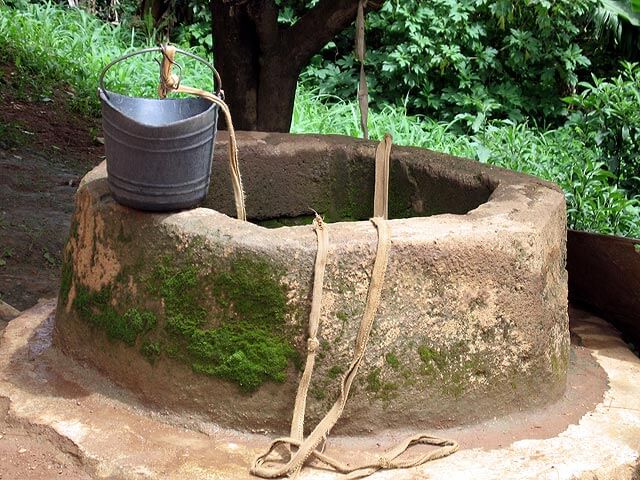In HIV-infected patients undergoing antiretroviral therapy (ART), ongoing HIV replication in lymphoid tissues such as the lymph nodes helps maintain stores, or reservoirs, of the virus, a new study funded by the National Institutes of Health suggests. A better understanding of how HIV persists in the body is essential for developing strategies to eliminate viral reservoirs–a prerequisite to achieving a cure for HIV infection.
Current ART regimens quickly suppress HIV to levels undetectable in the blood in most patients, but cannot eliminate persistent viral reservoirs in the tissues. Scientists have debated whether these reservoirs are maintained because latently infected cells are long-lived, because low-level HIV replication persists or for both reasons.
To help address this question, Northwestern University’s Steven Wolinsky, M.D., and colleagues sequenced viral DNA from lymph-node and blood cells collected from three HIV-infected patients before and during the first six months of ART. In these patients, the virus evolved over time, indicating ongoing replication, but did not accumulate mutations conferring drug resistance. Previous work had suggested that antiretroviral drug concentrations are lower in lymphoid tissue than in blood, and that HIV can hide in sanctuaries that drugs do not penetrate well. In this study, researchers demonstrated that continued HIV replication in lymphoid tissue sanctuaries refills viral reservoirs in patients on ART who have achieved undetectable blood levels of HIV.
Next, the investigators constructed a mathematical model to explain how the virus evolves during ART without the emergence of highly drug-resistant strains. According to their calculations, drug-sensitive HIV strains tend to dominate over drug-resistant strains when the effective drug concentration is low. At intermediate drug concentrations, drug-resistant strains start to dominate, and at high concentrations, HIV cannot grow. These observations suggest the importance of devising strategies to deliver clinically effective drug concentrations throughout the lymphoid tissue compartment, the investigators note.
Future studies using drugs that better penetrate the entire lymphoid tissue compartment should provide a more complete picture of how viral reservoirs are maintained and help pave a promising path to a cure, according to the authors.
ARTICLE:
R Lorenzo-Redondo et al. Persistent HIV-1 replication maintains the tissue reservoir during therapy. Nature DOI: 10.1038/nature16933 (2016).
WHO:
NIAID Director Anthony S. Fauci, M.D., is available to comment on the findings.

